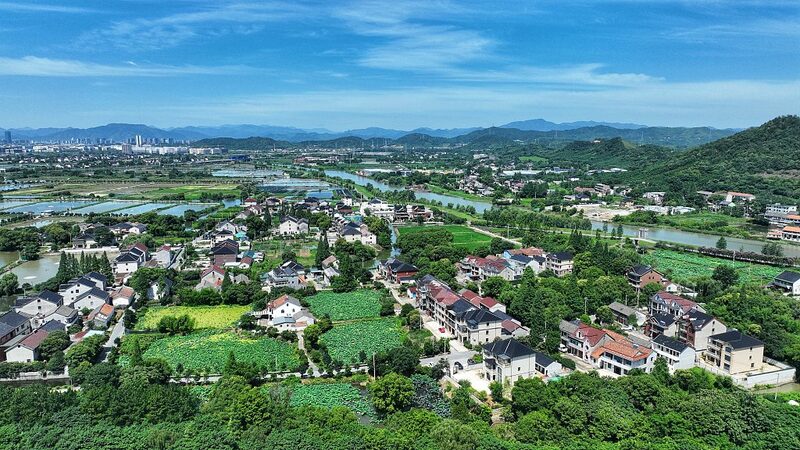As the National Rural Revitalization Bureau marks its third anniversary and celebrates the comprehensive success of the poverty alleviation campaign, Chinese villages are poised for unprecedented development. The release of the \"No. 1 central document\" in 2024 underscores the nation’s commitment to rural revitalization by emphasizing the adoption of the Green Rural Revival Program and prioritizing the advancement of agriculture, rural areas, and farmers.
The Green Rural Revival Program, originating from Zhejiang Province, stands at the forefront of China’s journey towards comprehensive and sustainable rural development. Established in the late 20th century, the program has meticulously set goals that have significantly impacted rural communities and infrastructure over the past two decades.
Central to the program’s strategy are three core areas: aesthetic improvement of villages, modernization of agriculture, and innovation in rural social governance. The initiative not only enhances the visual appeal of villages through infrastructure and environmental protection but also transforms agricultural practices through technological innovation and improved management, thereby strengthening sustainable agricultural development. Additionally, it fosters harmonious communities by reinforcing the rule of law and enhancing social services, which collectively elevate the well-being of farmers and residents.
Successful implementations, such as Tangdi Village in Shaoxing City and Hengshanwu Village in Anji County, showcase the program’s efficacy. Tangdi Village has attracted tourists and investors, balancing economic growth with social development, while Hengshanwu Village has boosted villagers' incomes through specialized agriculture and rural tourism, setting exemplary models for rural revitalization.
The Green Rural Revival Program highlights the importance of government policy guidance, active social capital participation, and technological support in driving rural revitalization. By adhering to principles like ecological priority, green development, and scientific planning, the program has not only beautified rural environments but also spurred comprehensive economic and social progress, offering valuable insights for China’s broader rural revitalization efforts.
Looking ahead, the success of the Green Rural Revival Program provides a practical model for modernizing agriculture and rural areas across China. It emphasizes the need for regions to tailor revitalization strategies to their unique economic, natural, and cultural contexts, ensuring sustainable and impactful development. Through coordinated efforts between local governments and societal participation, the program aims to achieve robust agriculture, beautiful rural landscapes, and prosperous farmers, contributing significantly to the nation’s goal of building a modern socialist country.
Reference(s):
Green Rural Revival Program sets sights on rural revitalization
cgtn.com




